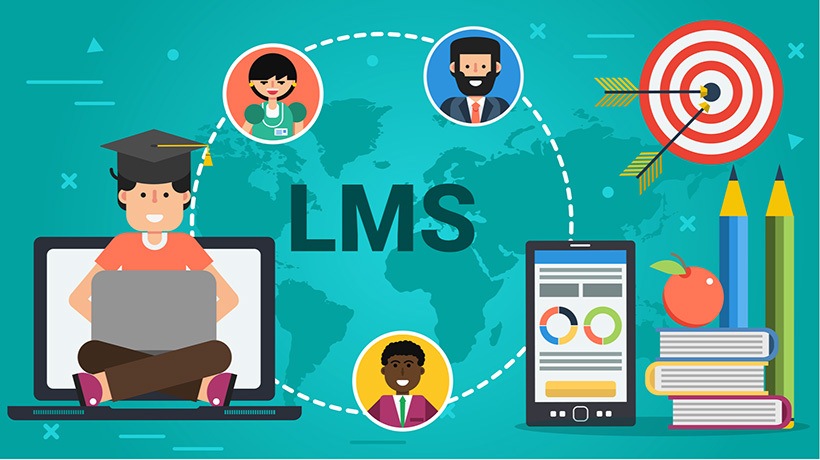
In today’s era, technology plays a role in enriching students’ learning experiences. One significant technological advancement impacting K-12 education is implementing Learning Management System (LMS) software. LMS software offers a platform that allows teachers and students to interact, collaborate, and access materials, ultimately leading to improved classroom learning.
This guide from elearningindustry.com (click here) will explore how Learning Management System (LMS) software revolutionizes K-12 education. By understanding its benefits, students and educators can harness its potential to enhance the learning experience and foster a more engaging and effective educational journey. Let’s dive into the world of LMS and discover how it is reshaping the future of education.
Benefits of LMS Software for Students
Discover the advantages of LMS software that empower students and enhance their learning experiences. From personalized learning paths to interactive resources and seamless collaboration, here’s how LMS transforms education for the better.
Tailored Learning Experience
LMS software empowers students to learn at their own pace and according to their learning style. Through assessments and adaptive learning modules, students can concentrate on areas where they require improvement and progress once they have mastered a topic. This individualized approach ensures that each student receives the attention and support necessary for success.
Interactive Learning Resources
LMS software provides interactive educational resources such as videos, quizzes, games, and simulations. These resources enhance comprehension and foster critical thinking and problem-solving skills, says ScienceDirect, making the learning process more engaging and enjoyable for students.
Seamless Collaboration and Communication
LMS software offers a platform that enables students to collaborate effectively with their peers and teachers, according to G2. Students can discuss, work on group projects, and even share resources. This collaborative environment promotes teamwork, enhances communication skills, and fosters a sense of community among students.
24/7 Accessibility
LMS software lets students easily access learning materials anytime and from anywhere. This flexibility allows them to review lessons, complete assignments, and study independently without interruptions. Students can continue their learning journey seamlessly, whether it’s a day off due to snow or an illness.
Benefits of LMS Software for Teachers
Now, let’s explore the transformative benefits of Learning Management System (LMS) software for teachers, simplifying tasks, enhancing communication, and offering valuable insights. From streamlined course management to automated grading and data-driven insights, discover how LMS empowers educators for more effective teaching.
Streamlined Course Management
LMS software simplifies the course management process for teachers. It provides them with a location to create, organize, and upload course content such as assignments, quizzes, and exams. This centralized approach makes it easier for teachers to track student progress, grade assignments, and provide feedback.
Efficient Feedback
With the help of LMS software, teachers can effortlessly communicate with their students as parents and fellow educators. They can send reminders or announcements regarding deadlines. Share essential documents that keep everyone well informed about what’s happening in the classroom environment. Furthermore, teachers can offer feedback on assignments and assessments, allowing students to learn from their mistakes and improve their performance.
Automated Evaluation and Grading
Learning Management System (LMS) software automates evaluating and grading, saving teachers time. It can instantly grade questions, providing students with feedback. In addition, teachers can create rubrics and scoring guidelines to ensure consistency in grading across assignments.
Insights Based on Data
LMS software generates data and analytics that assist teachers in gaining insights into student performance and engagement. Teachers can track students’ progress, identify areas where students face challenges, and make informed decisions based on data to adapt their teaching strategies accordingly, empowering teachers to provide targeted student support and ensure no student is left behind.
Conclusion
LMS software has become a tool in K12 education as it empowers students and teachers to enhance classroom learning. With its approach to learning, access to educational materials, seamless collaboration opportunities, and 24/7 accessibility, LMS software takes education to a whole new level. For teachers, it simplifies course management processes, facilitates communication channels for feedback purposes, and automates evaluation and grading procedures while offering insights based on data analysis. As technology progresses, the significance of LMS software will inevitably increase in settings, contributing to fostering an efficient learning atmosphere for students.
Last Updated: October 30, 2023





















